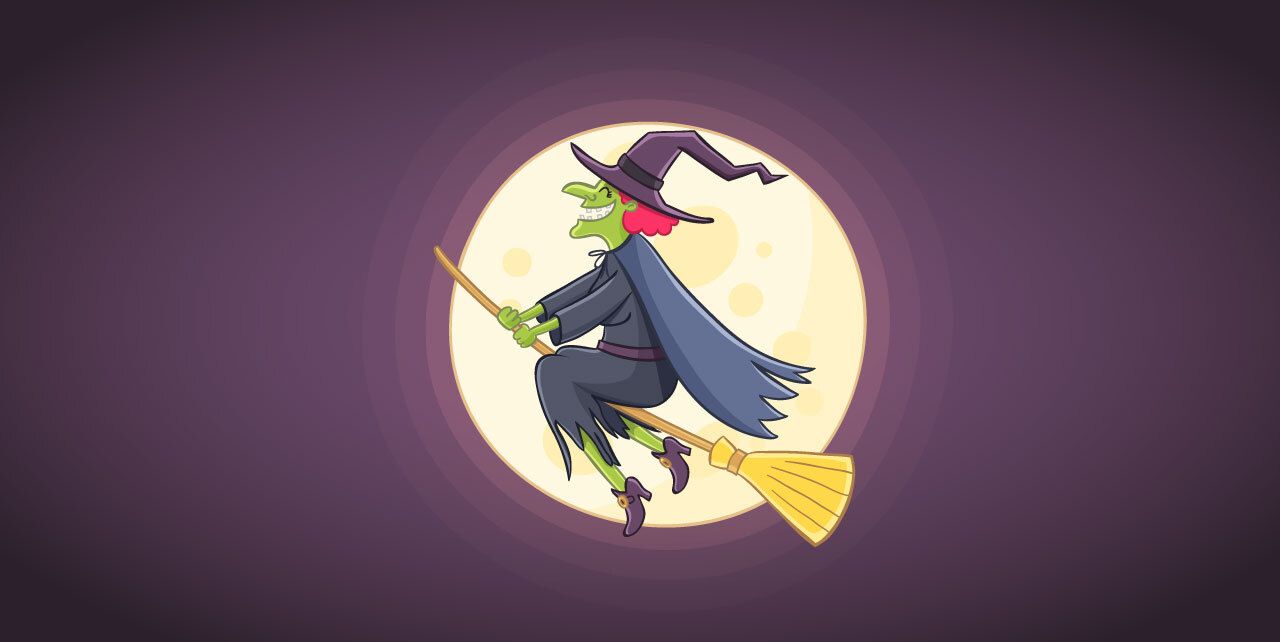
What is the Boogeyman in Different Cultures Across the Globe?
The Boogeyman is a mythical creature from folklore around the world, used by authority figures as a threat to scare naughty children.
Did your parents tell you that the Boogeyman will get you if you misbehave? Let’s have a look at what exactly the Boogeyman is and whether or not it really exists.
Who is the boogeyman?
The Boogeyman is a mythical creature from folklore around the world, used by authority figures as a threat to scare naughty children. It has no specific appearance, and what it will supposedly do to children misbehaving is unspecified.
What do Boogeymen do?
Some Boogeymen are said to take children away to scary places. Others may harm or even eat the children. Often, the mere idea of a Boogeyman is enough to scare children without even knowing what it will do to them.
Boogeyman myth around the world
Boogeymen exist in different cultures across the globe. While they may not always use the same name, these mythical figures are all used as threats to misbehaving children.
Sack Man
In Latin America, as well as Spain and Portugal, the equivalent of a Boogeyman is the “sack man” or “bag man.” El hombre del costal in Spanish or o homem do saco in Portuguese is a masculine figure carrying a large sack in his bag, which he puts children in to take away. A similar mythical creature exists in some Eastern European countries.
El Coco
In many Spanish-speaking countries, there is El Coco, El Cuco, or El Cucuy. These are all slightly different creatures that are said to carry out varying degrees of punishments, but the concept remains the same: parents threaten that they will come when their children misbehave.
Butzemann
Butzemann is the collective name for demons and ghosts in southern Germany and Switzerland, as well as other parts of Germany and Scandinavia. The Butzemann is said to come out of wardrobes or from under the bed at night or scratch at the window.
Der schwarze Mann
The Black Man is a figure used to scare children in Germany and German-speaking countries. The Black Man’s name refers to him being a dark, shadowy figure and has nothing to do with the color of his skin. This inhuman creature that lurks in the shadows is said to kidnap children. There is a popular children’s game based on him called Wer hat Angst vorm schwarzen Mann? which means, “who is afraid of the black man?”
Le croque-mitaine
“Croque” means “to bite” in French, while “mitaine” means “mitten, signifying hands.” The mitten-biter is a French Boogeyman that instills fear into children. It is often used to stop children from going to dangerous places, such as lakes, ponds, or rivers, where the croque-mitten might drown them. It is also used to prevent them from going out at night.
The Boogie Man
The Boogie Man is another name for the Boogeyman. Other names and spelling variations include the Bogeyman, Bogyman, Bogieman, and Boogie Monster.
What does the Boogeyman look like?
Boogeymen do not have a specific appearance. They are usually depicted as men or masculine creatures and have several fear-inducing features, such as claws or talons. In some cultures, they take the physical form of legendary creatures such as gnomes, witches, or even animals. In popular culture, the terrifying features of the Boogeyman are accentuated to instill more fear into people, as in the 2005 horror movie “Boogeyman.”
Russian boogeyman
The Russian Boogeyman is called a “Babai” or “Babay” (“Баба́й” in Russian). In Slavic folklore, the Babai is a night spirit who roams the streets looking for children to abduct, who are awake when they should be sleeping, as well as those who misbehave. Babai is said to wear a cloak and carry a stick and a sack.
Another famous Slavic folkloric character is Baba Yaga. Baba Yaga is a creepy and unusual-looking woman or witch who lives in the depths of the forest in a house that stands on chicken legs. She usually carries a pestle and mortar and sometimes sits in a flying mortar. While she may lure people into her spooky home to devour them, she is not the typical Boogeyman who preys on children.

Boogeyman origin
It is still being determined where the myth of the Boogeyman man originated due to the fact that it exists in so many cultures around the globe. Many people believe that the first mention of Boogeymen was the hobgoblins in England around the 16th century. In English folklore, hobgoblins are spirits that live in houses and torment the humans that live there. At the same time, some see hobgoblins as helpful creatures, many claims that they are mischievous pranksters that make life difficult for those living in their homes.
Hello! My name is Beth. I'm from France. I'm a French and English native speaker and I really like writing.

